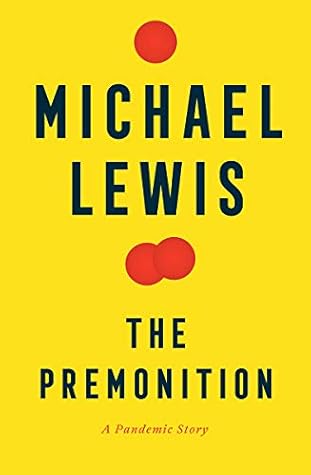More on this book
Community
Kindle Notes & Highlights
What happens when the people in charge of managing these risks, along with the experts who understand them, have no interest in them?
At last count the United States, with a bit more than 4 percent of the world’s population, had a bit more than 20 percent of its COVID-19 deaths.
The Lancet pointed out that if the COVID death rate in the United States had simply tracked the average of the other six G7 nations, 180,000 of those people would still be alive. “Missing Americans,” they called them.
Steve Hosea burned into my mind that the most important part of the medical history isn’t the medical history. It’s the social history.”
Preventing infection was all about creating barriers: between patients; between dirty needles and clean ones; between work spaces and life spaces.
“I learned the way to make the argument to elected officials for money for disease control was not ‘It is the right thing to do to take care of the most vulnerable in our community,’ ” she said. “Rather, make the case of the dollar return on investment to prevent the disease from spilling over into the rest of the community.” Yet even then—even after she showed a return—the investment often went unmade.
The root of the CDC’s behavior was simple: fear. They didn’t want to take any action for which they might later be blamed.
Like Rajeev, Richard thought that the United States government was paying too much attention to the threats posed by people and too little to those posed by nature.
The Veterans Health Administration treated a quarter of a million Americans a day: it was the second-largest provider of medical care in the world, behind the UK’s National Health Service.
“When you go into the details of the cases, you see it’s not bad people,” he said. “It’s bad systems. When the systems depend on human vigilance, they will fail.”
“I couldn’t design a system better for transmitting disease than our school system,”
“The United States doesn’t really have a public-health system,” she said. “It has five thousand dots, and each one of those dots serves at the will of an elected official.”
One was how screwed up the incentives were inside the medical-industrial complex. It was possible to spend $1,000,100 on drugs to prevent you from dying without anyone’s having any idea if any of them would work; at the same time, inside of a few weeks but too late to save you, some ill-paid postdoc was able to find a cheap cure.
“They really should just change the name,” she said. “It shouldn’t be the Centers for Disease Control. It should be the Centers for Disease Observation and Reporting. That’s what they do well.”
“We know what the virus will do,” she liked to say. “We don’t know what the humans will do.”
There was no system of public health in the United States, just a patchwork of state and local health officers, beholden to a greater or lesser degree to local elected officials. Three thousand five hundred separate entities that had been starved of resources for the past forty years.
“By then Zimbabwe could test but California could not, because of the CDC,”
The one shot America had at behaving well, and thus saving itself, was to remove the feeling that “the government” was imposing restrictions on people and re-instill the idea that people were imposing order on themselves, to fight a common enemy.


